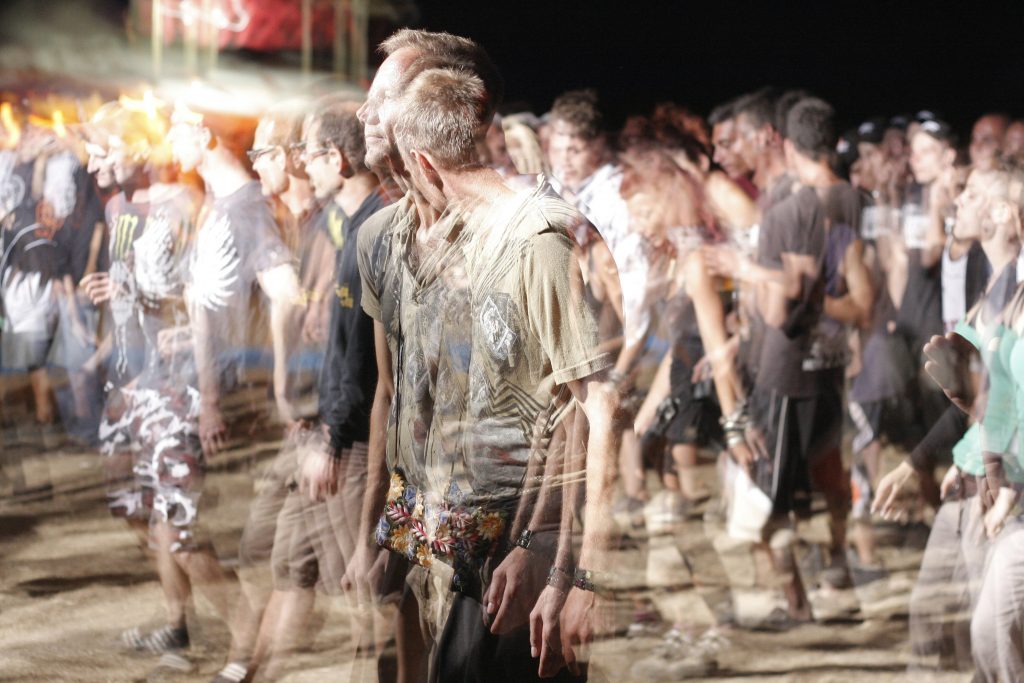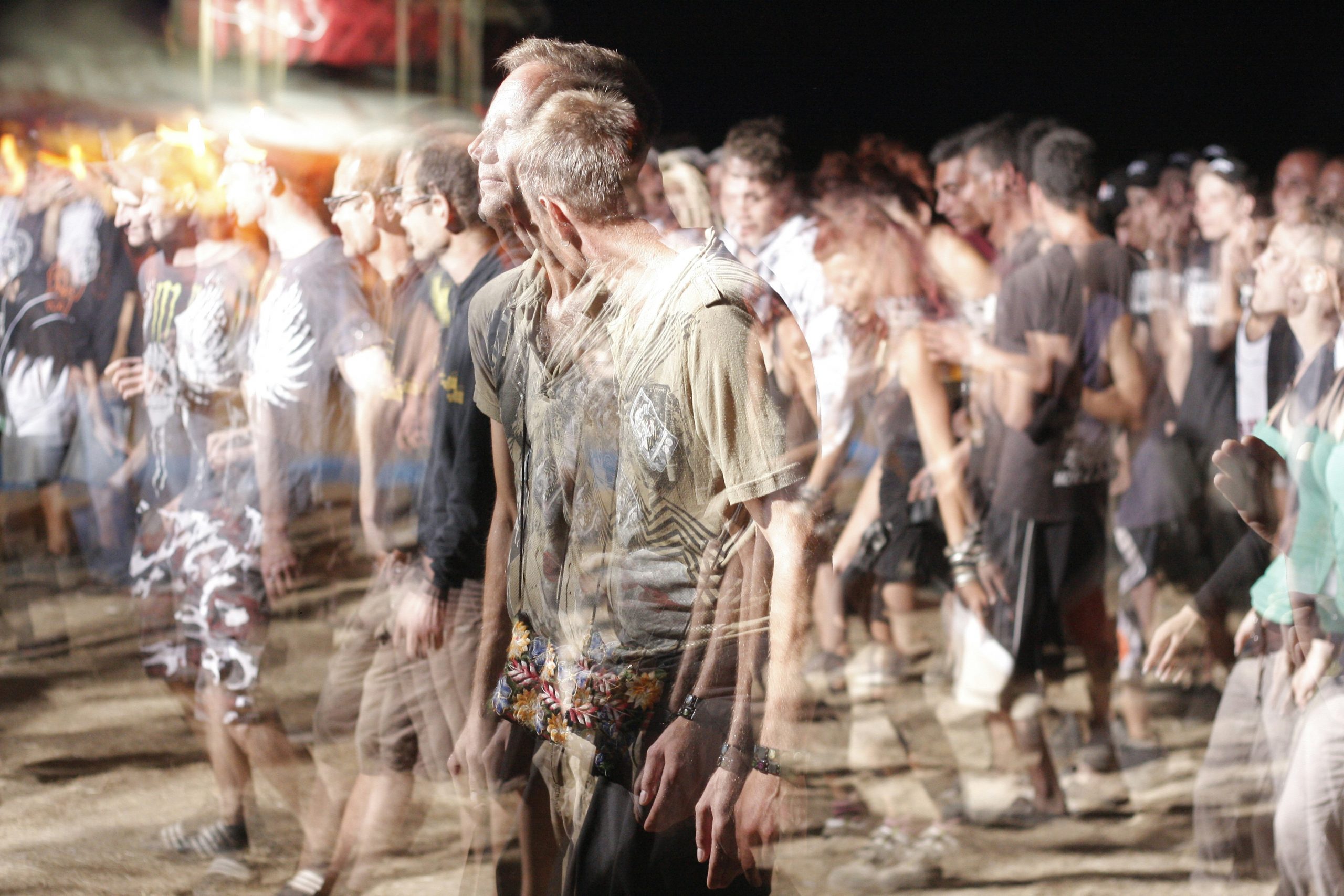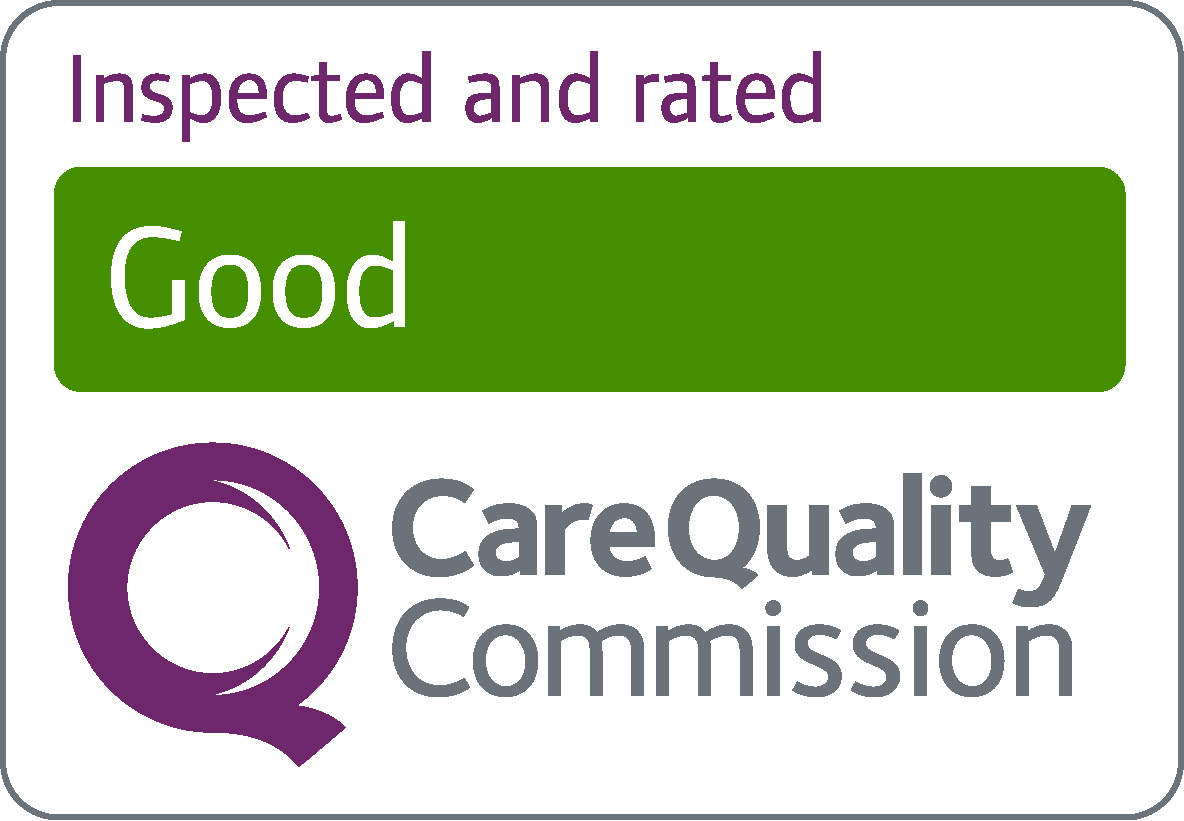Why ketamine addiction is on the rise

on 02 Aug 2024
What’s included?
- Introduction
- So why has it become a party drug?
- Why is ketamine so dangerous?
- How can you spot the signs of someone struggling with ketamine addiction?
- How else is Ketamine referred to?
- How Delamere can help
Depending on location, one gram of ketamine can cost as little as £10, making it one of the cheapest drugs to acquire in the UK.
This has caused a dramatic increase in consumption of the popular party drug.
According to the Office for Health Improvement & Disparities, the percentage of young people in treatment for ketamine problems has increased from less than one per cent in 2015 to six per cent by the end of last year.

This trend is only going one way and, now that we are in peak festival season and it will continue to be a hot summer, this is a growing concern.
First manufactured in the 1960s for its anaesthetic and analgesic qualities, ketamine is often known as ‘horse tranquiliser’ today.

Call us confidentially at any time to speak to a member of our team.
Call us now: 0330 111 2015
So why has it become a party drug?
In the 1990s, ketamine became more popular in the rave and underground dance scene, and is used widely in different parts of the world, particularly the Far East.
In Hong Kong, 80 per cent of drug abusers seeking treatment and support for ketamine are under 21 years old.
Whilst consumption in the United Kingdom has not reached this level yet, its popularity is still increasing.
Ketamine is the fourth most popular illegal drug taken by 303,000 people in the year ending March 2023, with 3.8 per cent of 16-24 year olds consuming the substance.
The dissociative effect of the drug can cause auditory and visual hallucinations, with some users experiencing an ‘out of body’ sensation.
The dark side of these effects include confusion, clumsiness, drowsiness, slurred speech and anxiety.
Why is ketamine so dangerous?
Public perception of ketamine has altered recently, partially due to the high profile cases of deaths from acute ketamine intoxication.
Alongside the immediate risks of overdose, there are significant physiological and psychological consequences of frequent use.
Long term use can damage mental health, causing mood changes, depression, reduced memory and concentration and irritability, leading to financial, social and work issues.
Ketamine bladder syndrome is a widely recognised consequence of using the substance, and has a history of being missed by clinicians as the symptoms mimic those of urinary tract infections.
More recently, the following symptoms in younger peoples are being recognised: suprapubic pain (‘k-cramps’), frequency and pain on urination and also blood in the urine.
As the comedown effects are less severe when taking ketamine, many feel that they can take it more frequently and have the effects be less noticeable.
How can you spot the signs of someone struggling with ketamine addiction?
Whilst signs and symptoms present differently in each individual, understanding what to look for will help you to support loved ones who may be struggling.
Signs of a ketamine addiction include:
- Anxiety and depression
- Fear and paranoia
- Increased risk taking
- Distorted understanding of time and reality
- Loss of memory
Users may experience social isolation, and begin only socialising with people who take ketamine. This can be caused by a breakdown in relationships due to drug use.
How else is Ketamine referred to?
Throughout my career, I have seen Ketamine referred to in multiple other ways. It is often simplified as ‘k’ or ‘ket’ and the experience of taking ketamine can sometimes be described as getting into a ‘k-hole’.
I have also heard the following names and terms when describing ketamine (and which you should listen out for):
- Special K
- Vitamin K
- Ketamized
- Super K
- ‘Kitty Ket’ or ‘Meow’
- Getting ‘gacked’ or ‘loose-goose’
- Getting ‘spangled’
- K’d out
How Delamere can help
Guests who arrive at Delamere struggling with ketamine addiction will undergo a medically assisted drug detox to alleviate withdrawal symptoms.
By taking the individual out of their usual environment during this process, they can receive the support and rest that they need with nurses available 24 hours a day.

Delamere’s holistic approach to addiction recovery includes a variety of sessions including one to one therapy and group sessions to help take people out of the addictive cycle to overcome past trauma.
The Stop, Start, Grow, Bloom treatment model sets Delamere apart from other rehabilitation centres in the United Kingdom, offering aftercare to support guests every step of the way.

Call us confidentially at any time to speak to a member of our team.
Call us now: 0330 111 2015



About the author: Dr Catherine Carney
As a psychiatrist with a specialist interest in addiction treatment, Catherine is a real asset to Delamere. Coupled with her experience in working with addictions for over a decade, Catherine’s grounded and down to earth approach is something our guests and clinical team value greatly.
RECENT POSTS
The Power of Reaching out a HandFrom sobriety to quality of life: Revisiting recovery outcome measures
The role of alcohol in UK culture, and how to break free
Holistic diet tips to balance energy and mood
CATEGORIES
-
Addiction Recovery
Addiction Reports
Alcohol Addiction
Burnout
Delamere
Digital Addiction
Drug Addiction
Holistic Programmes
Other Behaviours
Prescription Drug Addiction
Rehab
ARCHIVES
- December 2025
- November 2025
- October 2025
- September 2025
- August 2025
- July 2025
- June 2025
- May 2025
- April 2025
- March 2025
- February 2025
- January 2025






